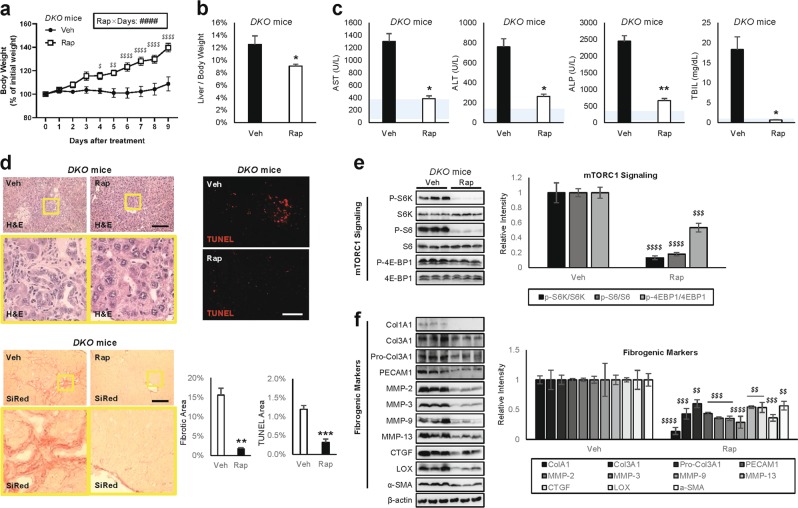Fig. 4. mTORC1 inhibition rescues DKO liver pathologies.
Littermate cohorts of six-week-old DKO mice were injected daily with vehicle (Veh) or 10 mg/Kg rapamycin (Rap) for 10 days (n ≥ 4). For drug treatment experiments, mice were gender-matched with both males and females. a Body weight was monitored throughout the course of the experiment. b Liver/body weight ratio was measured at the experimental endpoint. c Serum markers for liver damage were analyzed. Blue shaded regions indicate clinically normal ranges. d Liver sections were analyzed by H&E, SiRed, and TUNEL staining. Boxed areas are magnified in lower panels. Fibrotic area and TUNEL area were quantified (n = 3). e, f Liver lysates were subjected to immunoblotting (left panels) and quantification (right panels) to examine mTORC1 signaling e and fibrogenic markers f. Data are shown as mean ± SEM. *P < 0.05; **P < 0.01; ***P < 0.001 (Student’s t-test). Interaction between rapamycin and treatment days (Rap × Days) were assessed through RM two-way ANOVA (####P < 0.0001), and differences in individual data points were assessed through Sidak’s multiple comparison test ($P < 0.05; $$P < 0.01; $$$$P < 0.0001). For western blot quantification, the Holm-Šídák method was used to compare groups ($$P < 0.01; $$$P < 0.001; $$$$P < 0.0001). Scale bars, 200 µm

